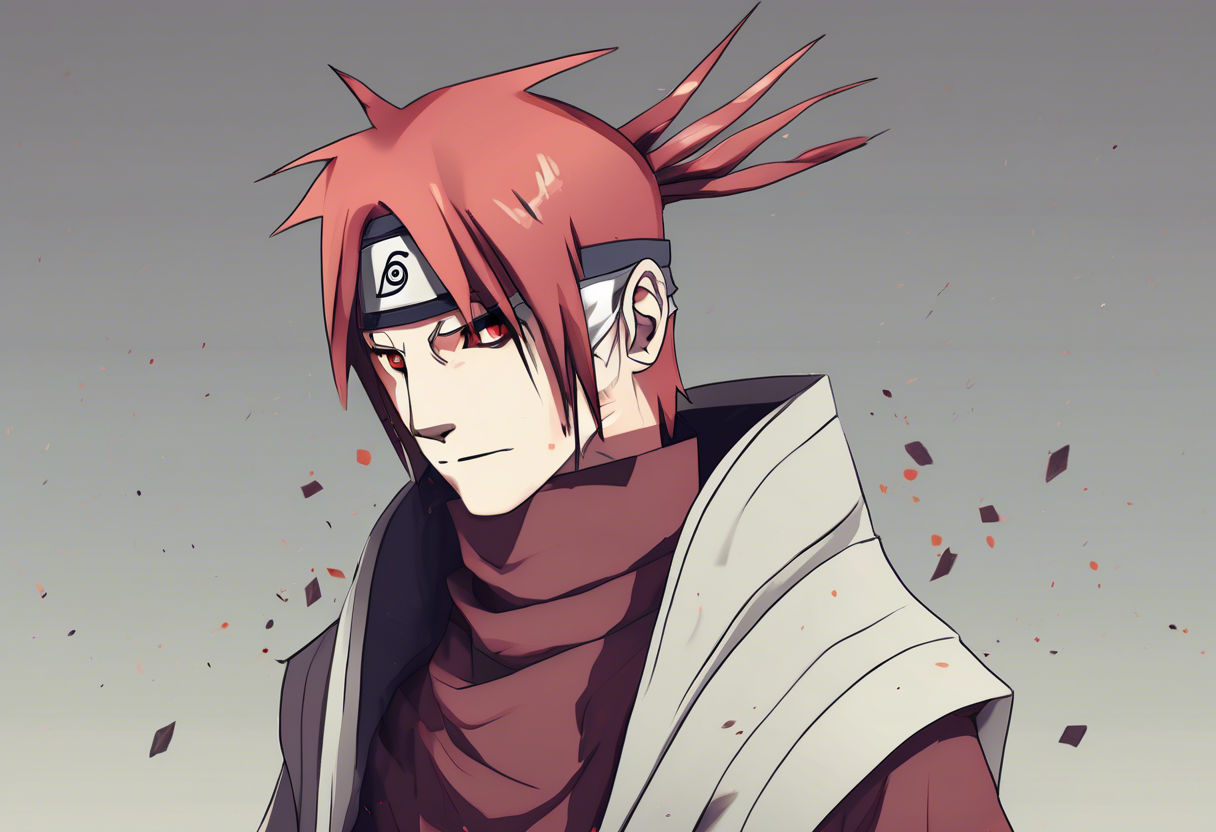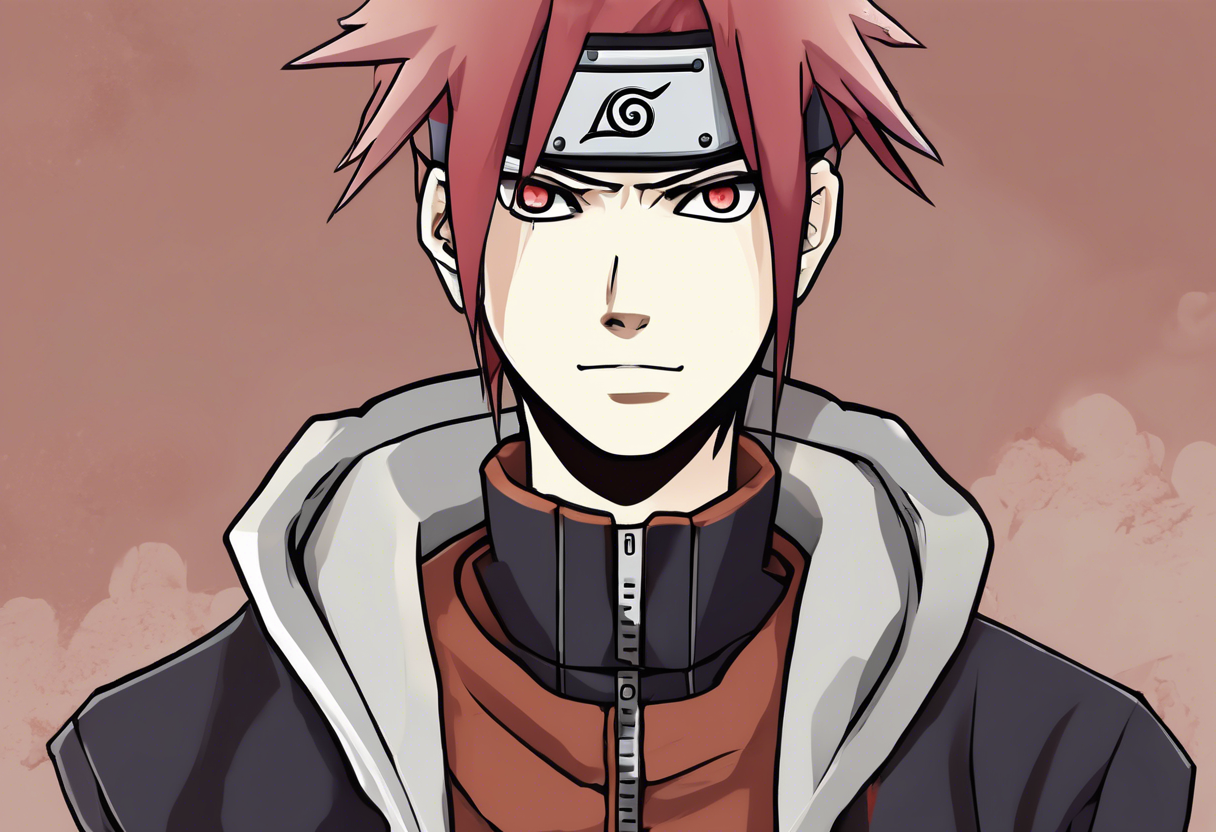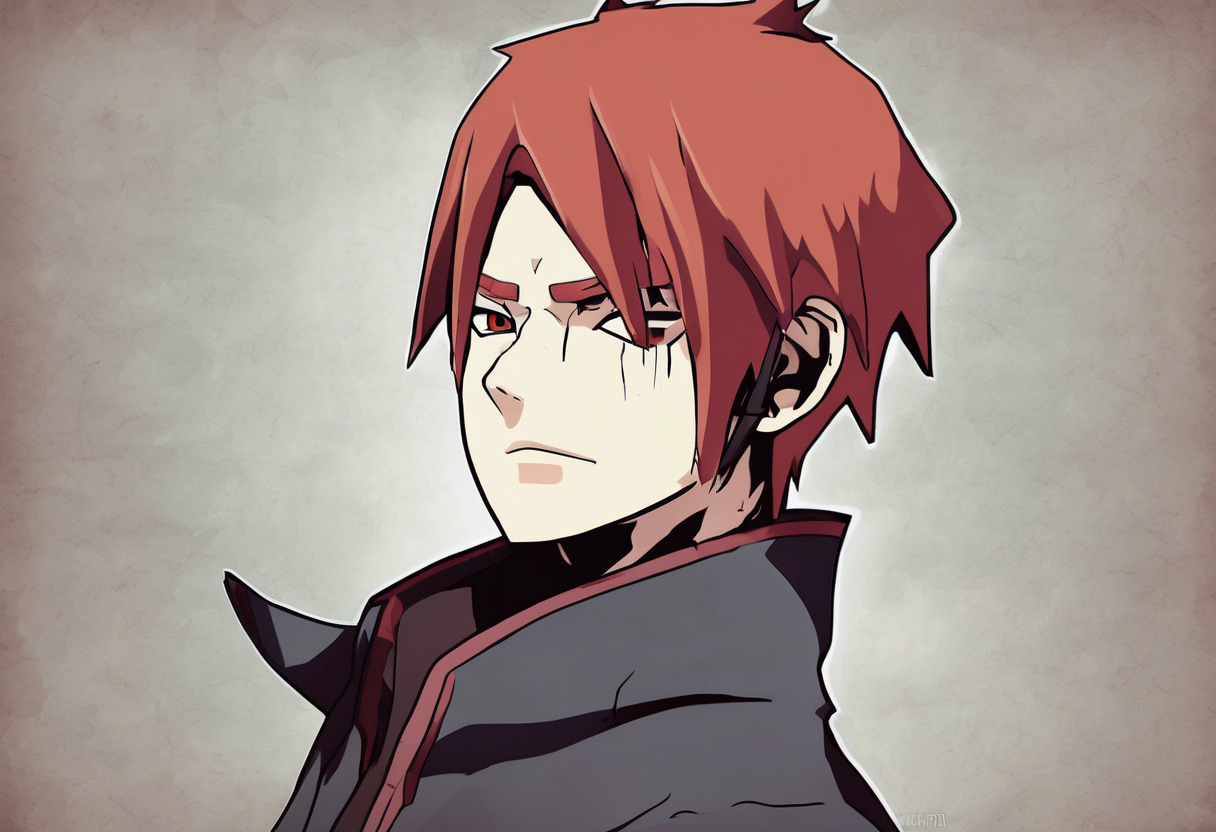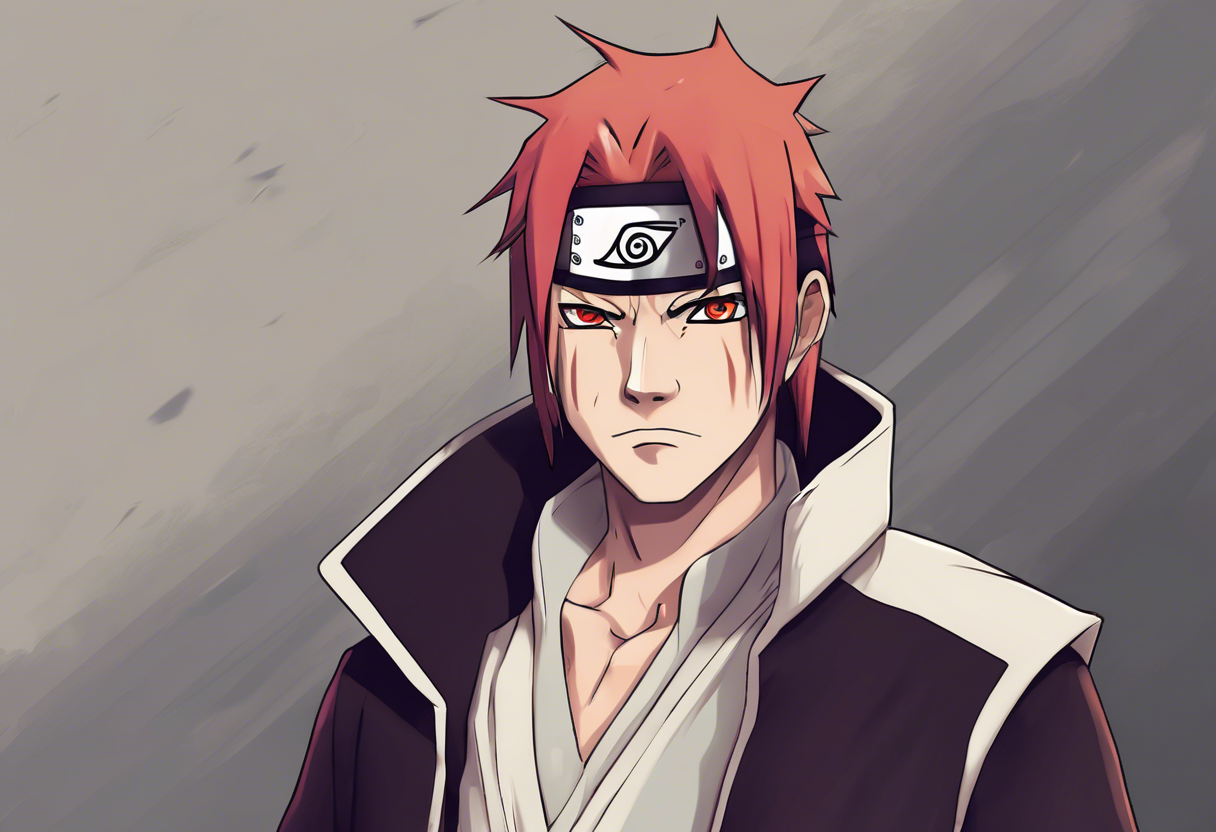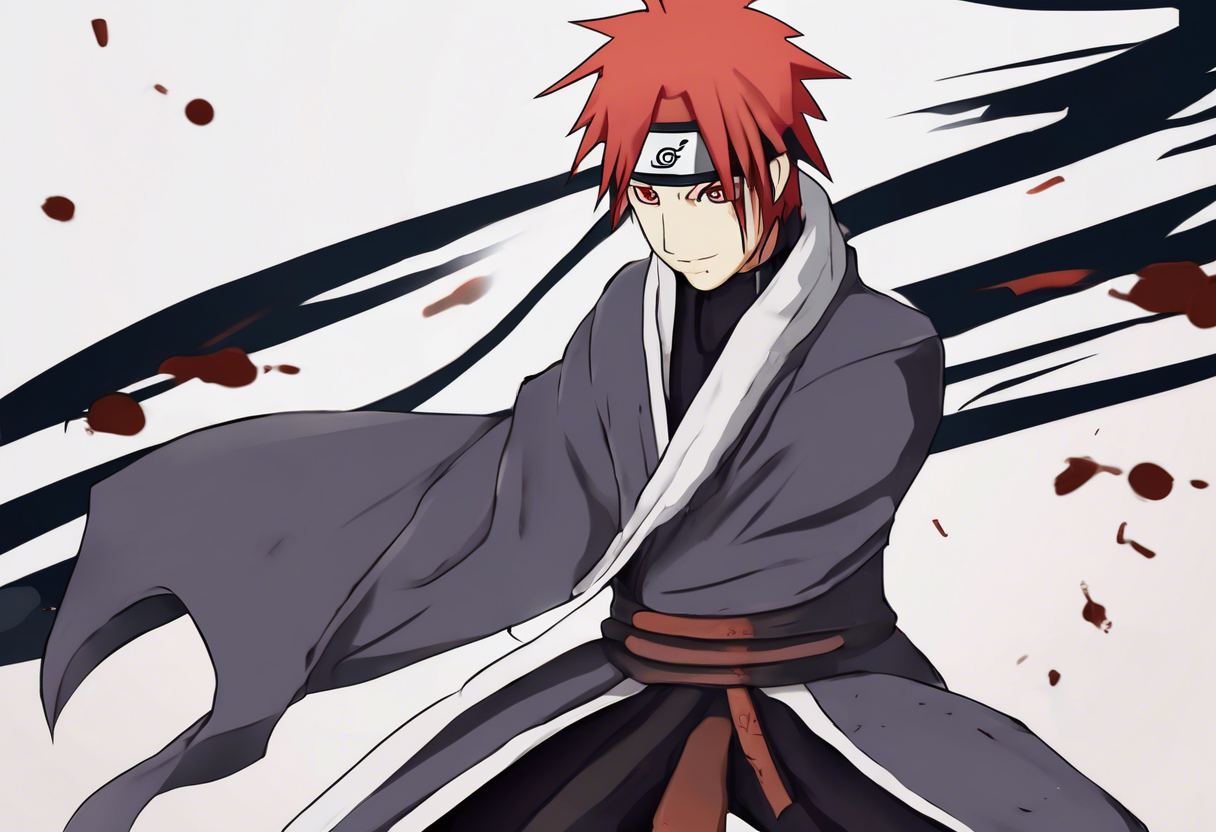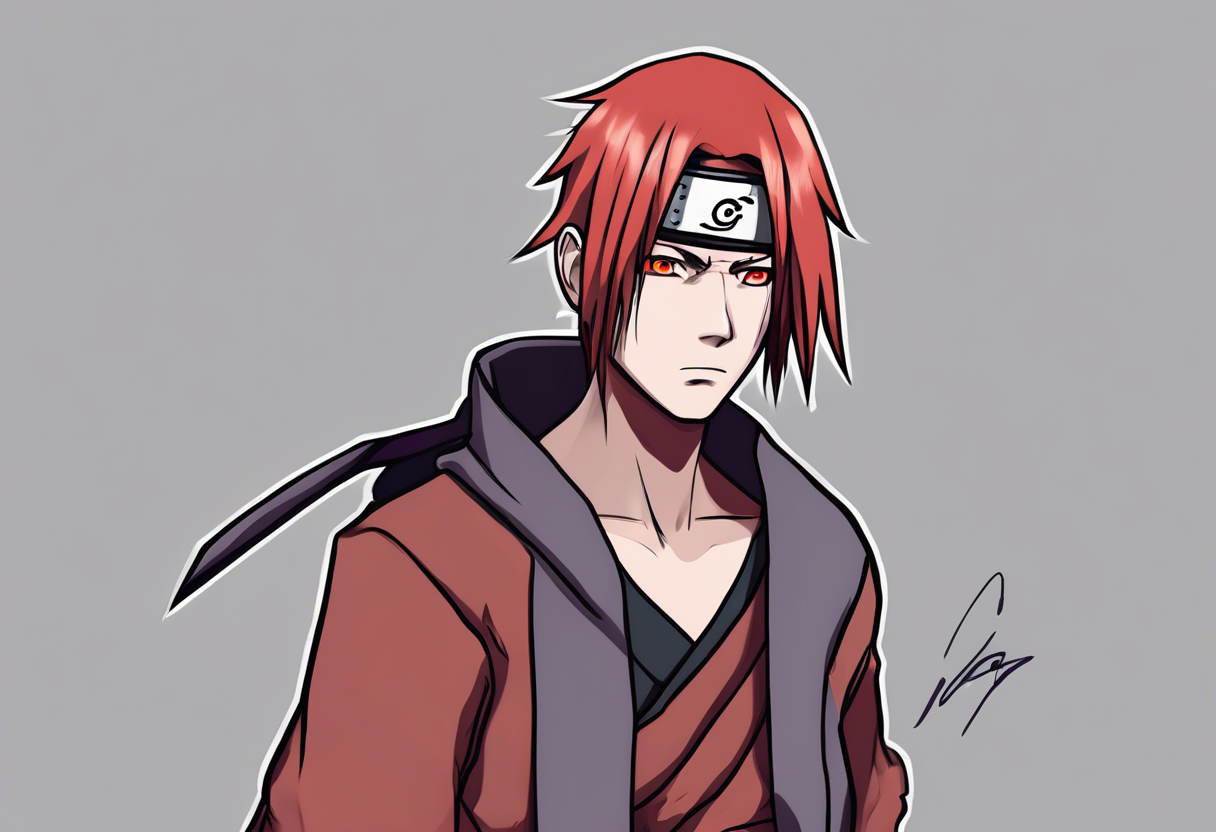Contents
Nagato: The Complex and Tragic Figure of Naruto
Introduction
Nagato, known primarily under the alias of Pain, is a pivotal and complex character in the manga and anime series Naruto, created by Masashi Kishimoto. Born in Amegakure, the Village Hidden in Rain, Nagato’s life was marked by tragedy and loss, shaping him into the figurehead leader of the Akatsuki. His backstory, defining traits, and significant role in the narrative make him a compelling and nuanced character.
Nagato was conceived by Kishimoto as a villain who would illustrate the devastating impact of war and the complexities of human conflict. His character serves as a mirror to Naruto Uzumaki, highlighting different paths to achieving peace and freedom. Nagato’s connection to prior literature and media is evident in his philosophical stance, which echoes themes of revenge and the necessity of pain for peace, reminiscent of certain religious and historical concepts [3].
Role in the Story
Nagato’s journey begins as a war orphan in Amegakure, where he meets his closest friends, Yahiko and Konan. The three are trained by Jiraiya, one of the legendary Sannin, who teaches them ninjutsu and survival skills. Nagato’s innate ability to wield the Rinnegan, a powerful dojutsu, sets him apart and earns Jiraiya’s respect [2].
Following the death of his parents at the hands of a Konoha shinobi, Nagato’s life is further marred by the loss of Yahiko, orchestrated by Tobi (Obito Uchiha) and facilitated by Hanzo of Amegakure and Danzo Shimura of Konohagakure. This event profoundly affects Nagato, leading him to adopt the alias "Pain" and to seek a new method to achieve peace through the fear of pain and suffering [1].
As the leader of the Akatsuki, Nagato’s primary goal is to capture the tailed beasts, including the Nine-Tailed Demon Fox sealed within Naruto Uzumaki. His methods involve using the Six Paths of Pain, a group of corpses controlled by him, including Yahiko’s body as the Deva Path. Nagato’s actions lead to significant conflicts, including the destruction of Konoha and a mortal battle with Jiraiya [1].
Nagato’s storyline intersects critically with Naruto’s when he attacks the Hidden Leaf Village, prompting Naruto to confront him. Their battle is a turning point in the series, as Naruto learns about Nagato’s past and the motivations behind his actions. This encounter humanizes Nagato and highlights the complexity of his character [2].
Character Analysis
Nagato’s personality is marked by his calm demeanor and deep sense of pain and loss. His traumatic experiences have led him to believe that peace can only be achieved through the fear of pain, a philosophy that drives his actions as Pain. Despite his dangerous and often brutal methods, Nagato is a victim of war and a symbol of the devastating consequences of conflict [1].
Nagato’s motivations are rooted in his desire for peace, albeit through a misguided and contradictory approach. He believes that people are too stupid to maintain peace on their own and need a constant reminder of pain to prevent them from starting wars. This philosophy is riddled with contradictions, as Nagato recognizes the flaws in his logic but fails to apply this realization to his actions [3].
One of Nagato’s greatest strengths is his immense chakra reserves and his ability to control the Six Paths of Pain, allowing him to wield significant power. However, his physical weakness, due to his connection with the Gedo Statue and the injuries sustained from Hanzo’s attack, makes him reliant on remote control of the corpses [1].
Nagato’s development throughout the series is marked by his gradual revelation to Naruto and the audience. His backstory and relationships with Yahiko and Konan humanize him, making him a relatable and sympathetic character despite his villainous role. This complexity makes Nagato one of the most compelling characters in the series [2].
Themes and Symbolism
Nagato embodies several key themes in the Naruto series, including the consequences of war, the nature of peace, and the cycle of revenge. His character serves as a critique of the idea that peace can be achieved through fear and pain, highlighting the contradictions and flaws in such a philosophy [3].
The use of the Six Paths of Pain symbolizes Nagato’s attempt to transcend his physical limitations and achieve a form of immortality. The Rinnegan, which he possesses, is a powerful symbol of his connection to the Sage of Six Paths and his potential to wield immense power and wisdom [1].
Nagato’s story also explores the theme of second chances and redemption. Despite his actions as Pain, Nagato’s eventual confrontation with Naruto and his subsequent death serve as a form of atonement, illustrating that even the most flawed characters can find some form of redemption [4].
Cultural Impact
Nagato has had a significant cultural impact, both within the Naruto fandom and beyond. His character has been well-received by fans for his complexity and the depth of his backstory. The battle between Nagato and Naruto is often cited as one of the best in the series, and his character has been praised for bringing chaos and depth to the narrative [1].
In adaptations and spin-offs, Nagato’s character has been consistently portrayed as a powerful and tragic figure. His influence on popular culture is evident in the way he has inspired other characters and storylines in various anime and manga series. The concept of using pain to achieve peace has been a subject of discussion and critique in fan communities and academic analyses [3].
Critical Reception
Critically, Nagato has been praised for his complexity and the impact he brings to the story. His character has been analyzed extensively for its philosophical and psychological depth. The critical response has highlighted Nagato’s role in challenging traditional anime tropes by presenting a nuanced and multidimensional villain [1].
However, there have also been controversies surrounding Nagato’s methods and the moral implications of his actions. Some critics argue that his philosophy of using pain to achieve peace is flawed and contradictory, while others see it as a thought-provoking commentary on the nature of conflict and peace [3].
Legacy
Nagato’s legacy in the Naruto series is profound. He remains one of the most memorable and complex characters, symbolizing the tragic consequences of war and the complexities of human nature. His story serves as a cautionary tale about the dangers of seeking peace through fear and pain.
Nagato’s influence can be seen in other anime and manga series that have followed in Naruto‘s footsteps, exploring similar themes of gray morality and the humanization of villains. His character continues to inspire discussions about the nature of peace, freedom, and the consequences of conflict, ensuring his enduring relevance in contemporary cultural and literary analyses [4].
References
- https://en.wikipedia.org/wiki/Nagato_(Naruto)
- https://aminoapps.com/c/naruto/page/item/nagato/pP62_LZupInwnoMN3mprQk2breqZvv5v1P
- https://www.fanverse.org/threads/narutos-connection-to-western-religion.478391/
- https://screenrant.com/naruto-changed-anime-forever-ways/
- https://www.fanverse.org/threads/the-name-naruto-came-from-nagato.585709/

